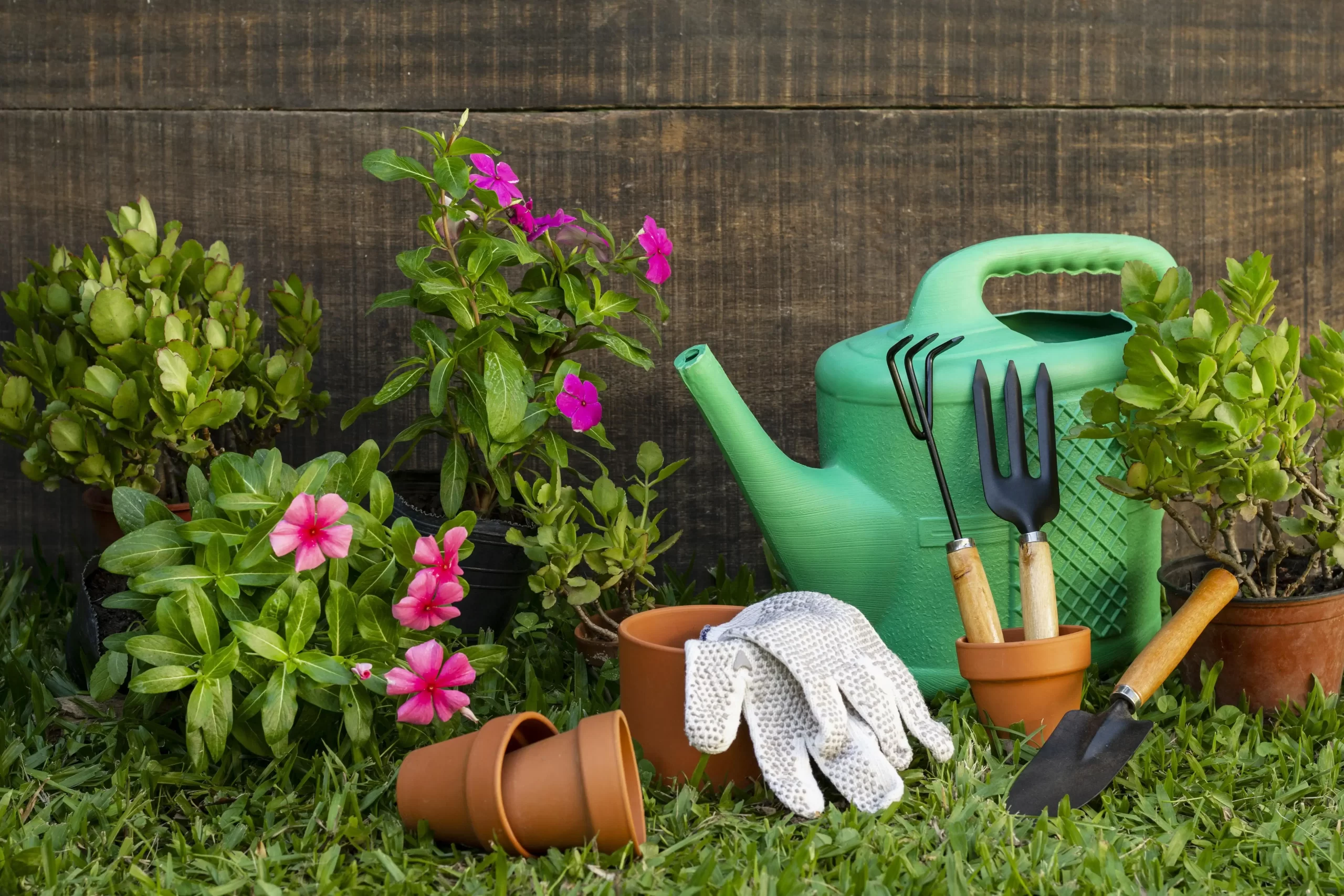
Space-Efficient
Gardening is a rewarding hobby that brings a touch of nature into our lives, but limited space poses a significant challenge for many. Whether you live in a small apartment or have a tiny yard, space-efficient gardening allows you to cultivate a thriving garden without feeling cramped. With thoughtful planning and a few creative strategies, you can make the most of your available space and enjoy the fruits (and vegetables) of your labor. Here are some essential tips for space-efficient gardening at home that will help you maximize your garden’s potential.
1. Plan Your Garden Layout
Before you begin, take some time to plan the layout of your garden. Consider the size and shape of the space, the amount of sunlight it receives, and the types of plants you wish to grow. Draw a rough sketch of your garden area and experiment with different arrangements to find the most space-efficient design.
Grouping plants with similar water, light, and soil requirements together will help you better use your space. Using raised beds or containers can also help you organize your plants more effectively. In small spaces, every inch counts, so think vertically and horizontally when planning your layout.
2. Choose the Right Plants
Selecting the right plants is crucial for space-efficient gardening. Choose compact or dwarf varieties that take up less space and are easier to manage in smaller gardens. Herbs like thyme, parsley, cilantro, or compact vegetable varieties like cherry tomatoes and bush beans, are excellent choices for limited spaces.
Opt for plants that grow upward rather than outward to save horizontal space. Vining plants like peas or cucumbers can be trained to climb on supports, allowing you to use vertical space. Additionally, consider companion planting – combining plants that complement each other – to maximize your garden’s productivity and health.
3. Use Raised Beds and Containers
Raised beds and containers are excellent tools for small-space gardening. They provide better soil control, improve drainage, and reduce weed growth, making them ideal for tight spaces. Raised beds can also be designed to fit specific areas, such as narrow side yards or corners of your garden.
Containers are versatile and portable, allowing you to move plants around to optimize sunlight exposure or to create different garden arrangements throughout the season. Use containers of varying sizes and shapes to fit different plants, and make sure they have proper drainage holes to prevent waterlogging.
4. Maximize Vertical Space
Make the most of vertical space by incorporating trellises, hanging baskets, or wall-mounted planters. Trellises can support climbing plants like beans, tomatoes, or even small melons, freeing up ground space for other plants. Hanging baskets are perfect for herbs, strawberries, or small flowers, adding beauty and organizing your garden.
Consider installing shelves or racks against a wall or fence to hold smaller pots and containers. This not only saves space but also adds visual interest and layers to your garden, making it feel more expansive.
5. Practice Succession Planting
Succession planting is a technique that involves planting a new crop immediately after harvesting an earlier one. This method allows you to maximize the use of your garden space throughout the growing season. For example, you can plant cool-weather crops like lettuce or spinach early in the spring, then replace them with warm-weather crops like peppers or eggplants in the summer.
By carefully planning your planting schedule, you can ensure that your garden is always productive, even in a limited space. Choose crops with different maturity rates to keep your garden full and flourishing all year round.
6. Utilize Companion Planting
Companion planting involves growing certain plants together that benefit each other in some way, such as repelling pests, enhancing growth, or improving flavor. For example, planting basil alongside tomatoes can help deter harmful insects while improving the flavor of the tomatoes. Marigolds can be planted near various vegetables to repel nematodes and other pests.
This technique not only saves space but also promotes a healthier garden ecosystem, reducing the need for chemical pesticides or fertilizers. When planning your garden, research which plants are good companions and group them together.
7. Opt for Multi-Purpose Plants
In a small garden, choosing plants that serve multiple purposes is essential. For example, some plants are both ornamental and edible, like nasturtiums, which have vibrant, edible flowers. Herbs such as rosemary or lavender add fragrance and beauty to your garden and can also be used in cooking or as natural insect repellents.
By selecting plants that provide multiple benefits, you can make your garden more efficient and functional while still enjoying its beauty.
8. Embrace Vertical Growing Structures
Vertical growing structures, such as tiered plant stands or A-frame supports, can help you maximize your garden space. These structures are ideal for growing herbs, lettuce, and other small plants that require less soil depth. They also make harvesting easier and reduce your back and knee strain.
Vertical structures are particularly useful in urban gardens, where ground space is at a premium. They allow you to grow more plants in a smaller area and create a dynamic and visually appealing garden design.
9. Implement Square Foot Gardening
Square foot gardening is a method that divides your garden into small square sections, each about one foot in size. This approach allows you to plant different crops in each section, maximizing the use of your available space. It’s an efficient way to grow various plants in a limited area and helps reduce weed growth.
Square foot gardening allows you to create a diverse garden that produces a steady supply of fresh vegetables, herbs, and flowers throughout the season. It’s a practical and organized method that makes gardening more accessible for beginners.
10. Incorporate Smart Irrigation Techniques
Efficient irrigation is key to maintaining a healthy garden in a small space. Consider using drip irrigation or soaker hoses to deliver water directly to the plant roots, minimizing water waste and reducing disease risk. These methods are ideal for raised beds and containers, where water can quickly drain away or evaporate.
Additionally, consider collecting rainwater in barrels and using it to water your garden. This eco-friendly practice not only conserves water but also provides your plants with fresh, untreated water, which is often better for their growth.
Conclusion
Space-efficient gardening is all about making the most of what you have. With careful planning, smart plant selection, and creative use of vertical space and containers, you can create a beautiful and productive garden, even in the smallest areas. By incorporating techniques like succession planting, companion planting, and efficient irrigation, you can enjoy a bountiful harvest and a thriving garden all year round. Embrace these tips and start your journey towards a greener, more sustainable lifestyle, regardless of how much space you have at home.

